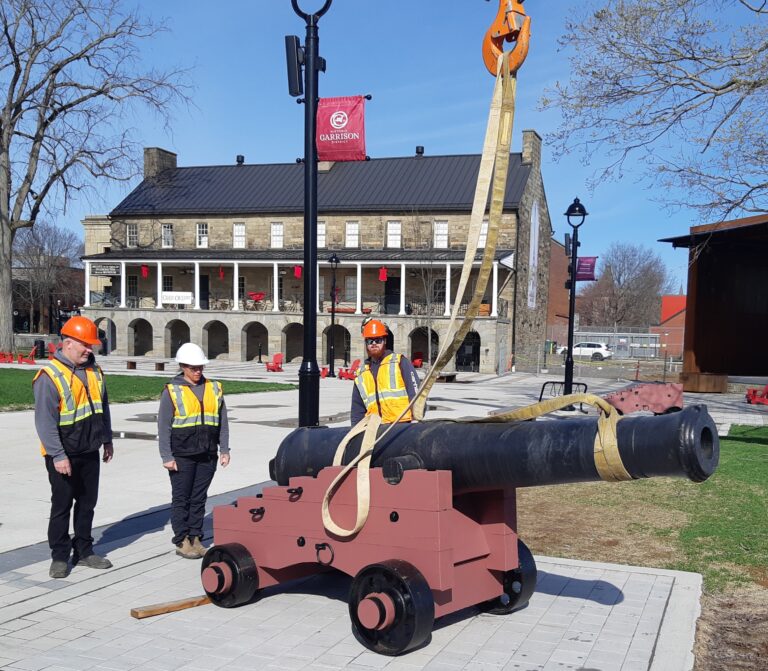Samantha Steeves
“Appropriate, affordable housing and appropriate adequately paid support services”. This is what Outreach Worker April McEachern from Fredericton’s John Howard Society said is needed for the province to address the growing homelessness crisis.
Between 2022 – 2024, the homeless population in Fredericton, Moncton, and Saint John more
than doubled (Lapointe, 2024), and as of January 2025, 1,562 individuals were experiencing homelessness for at least one day. (Human Development Council [HDC], 2025). Within this growing unhoused population, 65% are considered to have complex needs, such as mental health issues, substance use challenges, and physical health issues. These complex challenges make this particular demographic more difficult to house, and specific strategies to support this group are badly needed.
While some individual characteristics can become risk factors for homelessness — such as mental health challenges or experiencing an abusive household — systemic drivers like a lack of affordable housing and increased cost of living exacerbate these factors, calling forward the need for broad solutions supported by the government (Piat et al., 2015). Homelessness is not an individual problem: it’s a societal issue.
Homelessness is not an individual problem, it’s a societal issue.
Despite this, up until June of last year, the province hadn’t built any public housing in 38 years
(Housing New Brunswick, 2024), demonstrating a lack of political will to improve this serious social issue. Thankfully, the government has now begun to build a low number of publicly funded housing units.
For some experts though, it is far too little too late. Local organizations have stated that the reason the issue has become so severe is because of the lack of governmental support and intervention, which is a classic neoliberal approach to social welfare. Neoliberal approaches dictate that human wellbeing is best provided for by free markets and minimal government intervention, and these approaches have been in place in New Brunswick since the 1980’s (Greason et al., 2024). Because of this paradigm, New Brunswick’s social spending has been extremely low. The province has prioritized paying down provincial debt over addressing tangible issues that New Brunswickers face everyday, like food insecurity, inadequate healthcare access, and an increasingly large waitlist for social housing (Haley et al., 2024) — all issues that connect directly to homelessness.
The growing problem of homelessness is a complex issue with diverse contributing risk factors,
and to adequately address the issue there needs to be collaboration at all levels with the organizations involved. For example, healthcare providers, paramedics, police, social workers, and government programs all must work in tandem to meaningfully move the needle and improve the issue, rather than working in silos as has been the status quo. That being said, Government funding has proved to be a major challenge. Government investment in social programs has been so low in New Brunswick over the past few decades that local agencies struggle to meet their needs and the needs of the community. This lack of funding means all organizations working toward the same goal of improving homelessness are forced to work in competition with one-another for funding, creating a scarcity mindset that reduces the ability for these organizations to collaborate. Additional funding for these programs would broaden the pool that these agencies benefit from, allowing each to have a larger piece of a bigger pie.
“It’s time to stop neglecting and start putting some money into it”

“It’s time to stop neglecting and start putting some money into it,” says Warren Maddox,
Executive Director of the Fredericton Homeless Shelters.
Government investment in the issue of homelessness would have benefits for all members of our community: from directly helping those who are without homes, to reducing strain and costs on our healthcare system, and increasing safety in shared public spaces. Homelessness affects us all, and strategic investments to improve the issue must be implemented by the government to restore New Brunswick back to the “picture province” in which we all live, work, and play.
References:
Piat, M., Polvere, L., Kirst, M., V oronka, J., Zabkiewicz, D., Plante, M.-C., Isaak, C.,
Nolin, D., Nelson, G., & Goering, P. (2015). Pathways into homelessness: Understanding how
both individual and structural factors contribute to and sustain homelessness in Canada.
Urban Studies, 52(13), 2366–2382. https://doi.org/10.1177/0042098014548138
Haley, T. L., Woodhall-Melnik, J., Pin, L., & Durelle, S. (2024). New Roles Amidst Crisis: Comparing Municipal Affordable Housing Strategies in New Brunswick.
International Journal on Homelessness, 1–19. https://doi.org/10.5206/ijoh.2023.3.16837
Greason, M., Allen, C., Brogan, K. (2024). Canadian social welfare and structural social work.
Professional Development: The International Journal of Continuing Social Work Education, 27(2), 1-18.
Housing New Brunswick. (2024). Construction nearly complete on new public housing units.
Retrieved from https://www2.gnb.ca/content/gnb/en/news/news_release.2024.06.0277.html
Human Development Council. (2025). NB Data Portal. Retrieved from https://sjhdc.ca/nb-data-portal/
Lapointe, S. (2024). Homelessness numbers double in major N.B. cities over 2 years: Human
Development Council. Global News. Retrieved from https://globalnews.ca/news/10204652/saint-john-homelessness-doubled/




